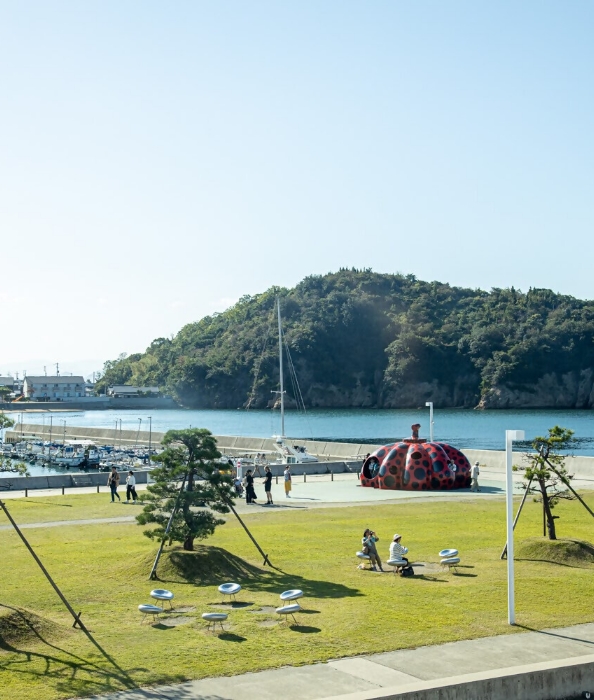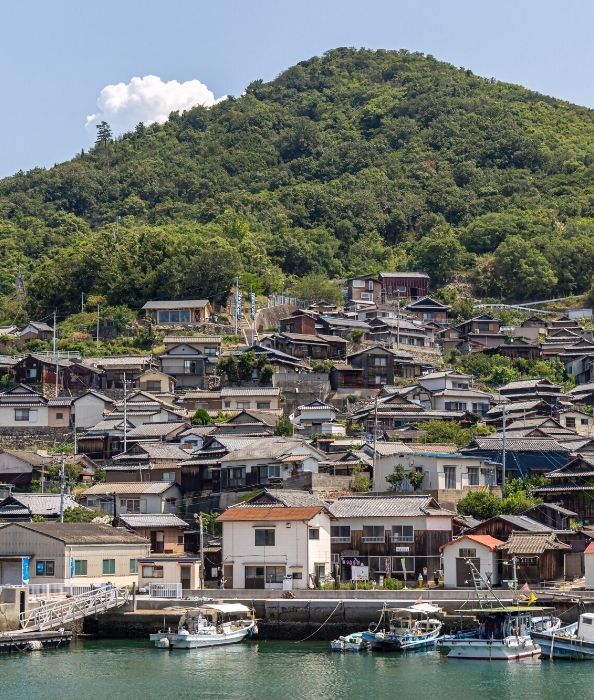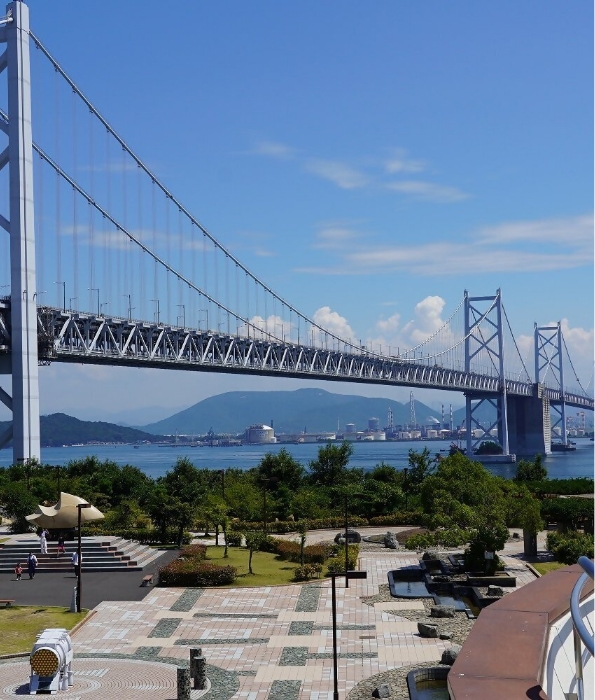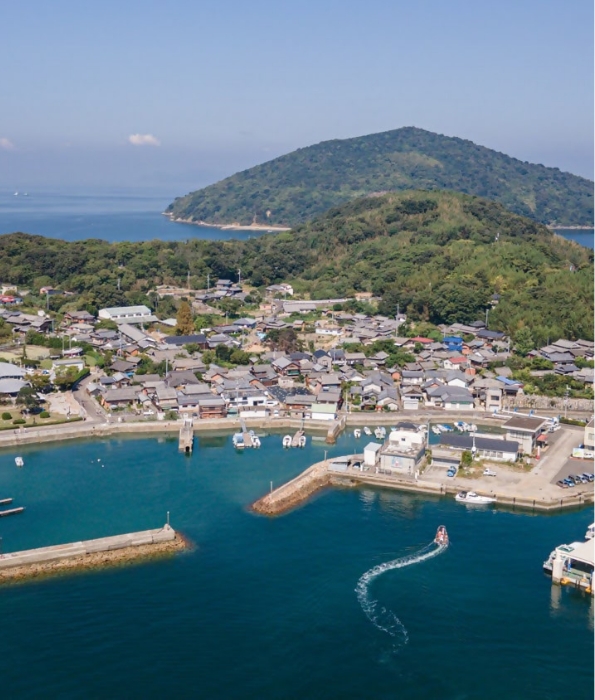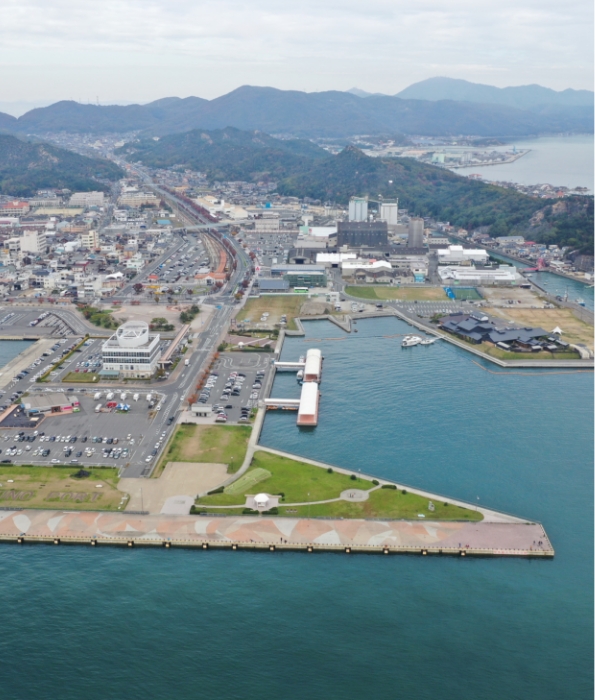Islands and Venues
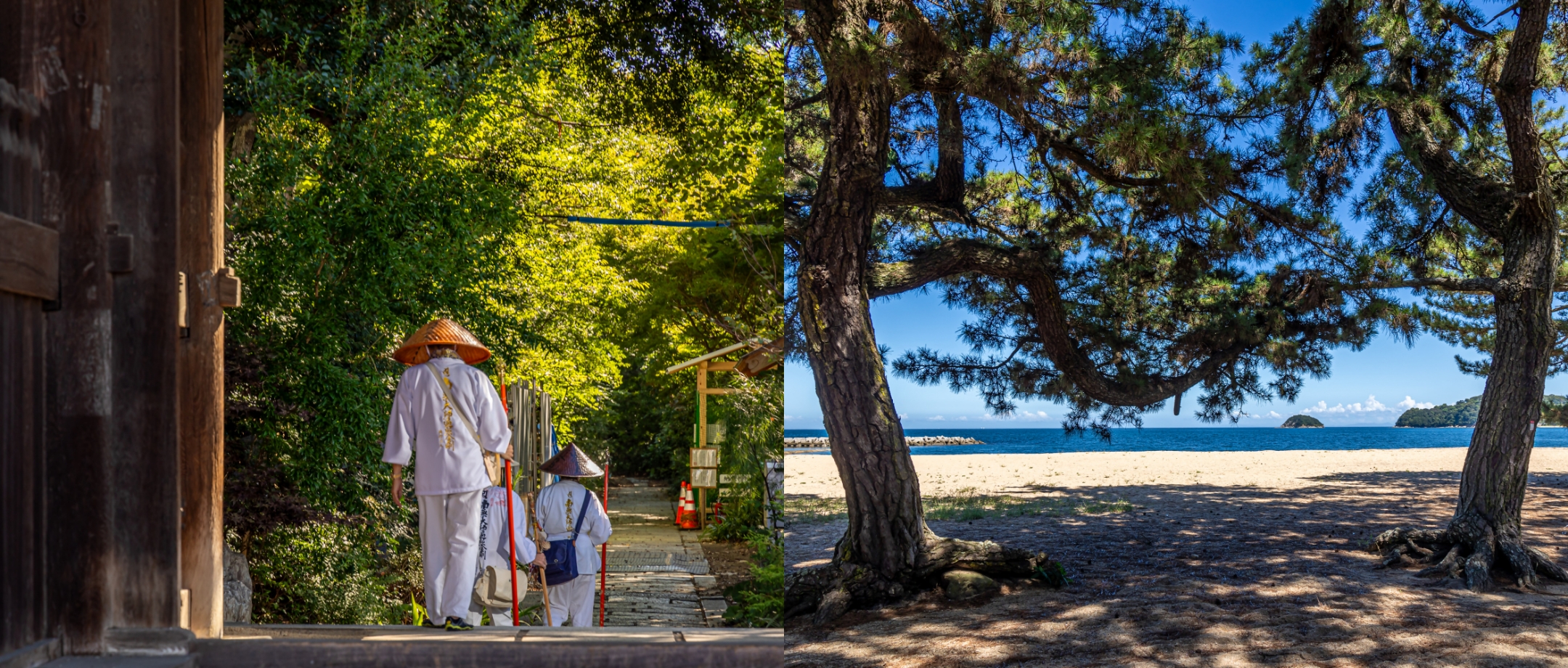
Shido・Tsuda Area
An area steeped in history and culture with Buddhist pilgrimage sites and a famous pine grove.
Sanuki City, which encompasses what were formerly the towns of Shido and Tsuda, is located in eastern Kagawa and has a population of about 47,000.
Shido is home to Shido Temple, the 86th temple on Shikoku's 88 Temple Pilgrimage route. The town developed as a commercial and distribution center for farm products during the Edo period (1603-1868).
Tsuda is known for its scenic white beach bordered by a large pine grove that extends about one kilometer. The area retains traces of its heyday as a fishermen’s town, and shirasu (whitebait), a special product of the area, can still be seen lain out to dry in the sun every July.
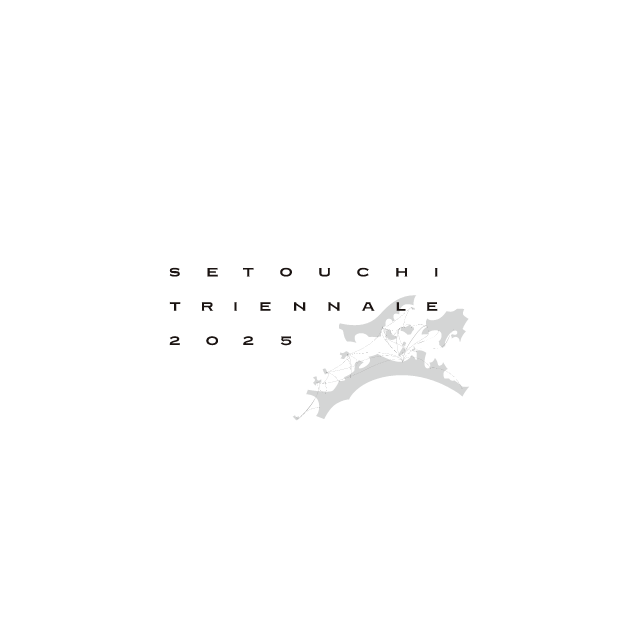
Shido Temple and the Shikoku Pilgrimage
Shido Temple was established in 625. As the 86th temple on the pilgrimage route that circles the island of Shikoku, many pilgrims visit here.Shido was a key port for sea and land transport until the 17th century, and farm products were delivered from all over eastern Kagawa Prefecture. The town’s streets were packed with shops, and local products such as wooden clogs and oysters were developed.

Tsuda no Matsubara
Tsuda no Matsubara, a pine grove along a white sandy beach, was selected as one of the 100 best scenic shorelines in Japan. Pines were first planted here in the 17th century as a windbreak to protect the Ishimizu Hachiman Shrine. The black pines and white sand present a beautiful contrast, and the grove stretches over a kilometer along the coast. Some trees are over 600 years old. Several of Japan’s leading artists had close ties with this area and praised its beauty, including woodblock print artist Shiko Munakata (1903-1975) and Nihon-ga painter Ikuo Hirayama (1930-2009)

Hiraga Gennai
The genius Hiraga Gennai was born in Shido in the 18th century. A museum located in the town presents his many achievements in a wide range of fields. He invented a hand-operated electric generator and a style of pottery known as Gennai ware, and produced books on the study of plants, minerals and animals for medicinal use, as well as satirical literature and jorurui puppet plays. He was also an accomplished painter in the European style. His family residence, which is near the museum, has been preserved with a garden of herbs associated with Gennai.

News
No information available.
Events
No information available.
Artworks
Under Preparation

